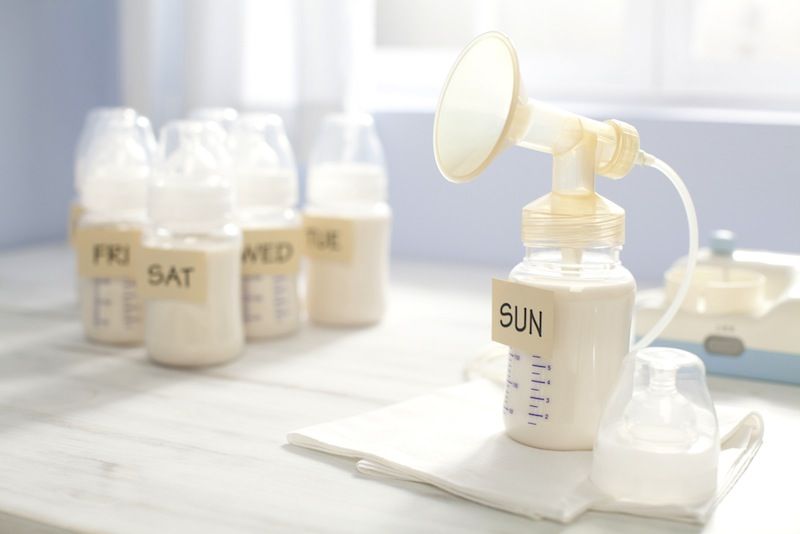Breast Pump 'Hackathon' Seeks Better Tech for Busy Moms

Students at the Massachusetts Institute of Technology (MIT) are on a mission to make the breast-feeding experience better for moms.
This weekend, the school's Media Lab is hosting a hackathon to come up with new designs for breast pumps, which are machines used by nursing moms to extract milk when they're away from their little ones. The event, aptly named the "Make the Breast Pump Not Suck" Hackathon, will be held Saturday and Sunday (Sept. 20-21) at MIT's Media Lab in Cambridge, Massachusetts.
For many mothers with young children, particularly those who work outside the home, a breast pump is an essential tool. But these machines, which work by creating and releasing suction in much the same way as a suckling baby, are wrought with a number of design problems, which the "hackers" — designers, coders, engineers, students, midwives, health care professionals, parents and breast pump manufacturers — hope to improve upon this weekend. [Wonder Woman: 10 Interesting Facts About the Female Body]
"The breast pump is a key technology in extending the nursing relationship and providing babies with breast milk for longer. But most women will tell you that the experience of using the breast pump sucks, literally and figuratively," Catherine D'Ignazio, a research assistant at MIT's Center for Civic Media, wrote in a Media Lab blog post. D'Ignazio was one of the organizers of a previous breast pump hackathon that was held in May.
D'Ignazio's blog post details the many issues of using a pump, including:
- Education: Women don't receive proper instruction on how to use breast pumps or where to seek help and advice.
- Parts: Some pumps have a lot of parts, each of which needs to be cleaned after every use. Other pumps have too few pumps, making cleaning the machines a difficult task.
- Noise: Though breast pumps are an intimate item, they can be loud and mechanical-sounding, which may make nursing moms feel more like a cow being milked than a mother trying to feed her child.
At the first breast pump hackathon, in May, several small groups came up with a host of ideas that could improve these issues.
"We talked about creating a breast pump as an intelligent object, maybe a 'smarter' breast pump, breast pumps with sensors that would adapt their function based on individual physiologic responses, new thoughts about power sources and portability, the ability to add social sharing or even 'gamification' aspects to the pumping process," Nancy Holtzman, a lactation consultantwho participated in the May hackathon, told D'Ignazio.
Sign up for the Live Science daily newsletter now
Get the world’s most fascinating discoveries delivered straight to your inbox.
The new and improved breast pump designs fall into several distinct categories, D'Ignazio said in her post. The first improvement that many hackathon participants want to see has to do with integrating the machine with more familiar and easy-to-use technologies, such as smartphones and tablets. Such a design upgrade would make it easier not only to use the pump, but also to keep track of data related to the pumping process, according to D'Ignazio.
Other future breast pump improvements could include adjustable and "open source" parts that make it possible for women to have greater say in the design of their pump. And the use of softer, warmer materials in the design of this intimate object could also go a long way toward making moms feel more comfortable with these machines, according to hackathon participants.
More information about the "Make the Breast Pump Not Suck" Hackathon can be found on the event's website.
Follow Elizabeth Palermo @techEpalermo. Follow Live Science @livescience, Facebook & Google+. Original article on Live Science.

Elizabeth is a former Live Science associate editor and current director of audience development at the Chamber of Commerce. She graduated with a bachelor of arts degree from George Washington University. Elizabeth has traveled throughout the Americas, studying political systems and indigenous cultures and teaching English to students of all ages.

'Love hormone' oxytocin can pause pregnancy, animal study finds

'Mini placentas' in a dish reveal key gene for pregnancy









